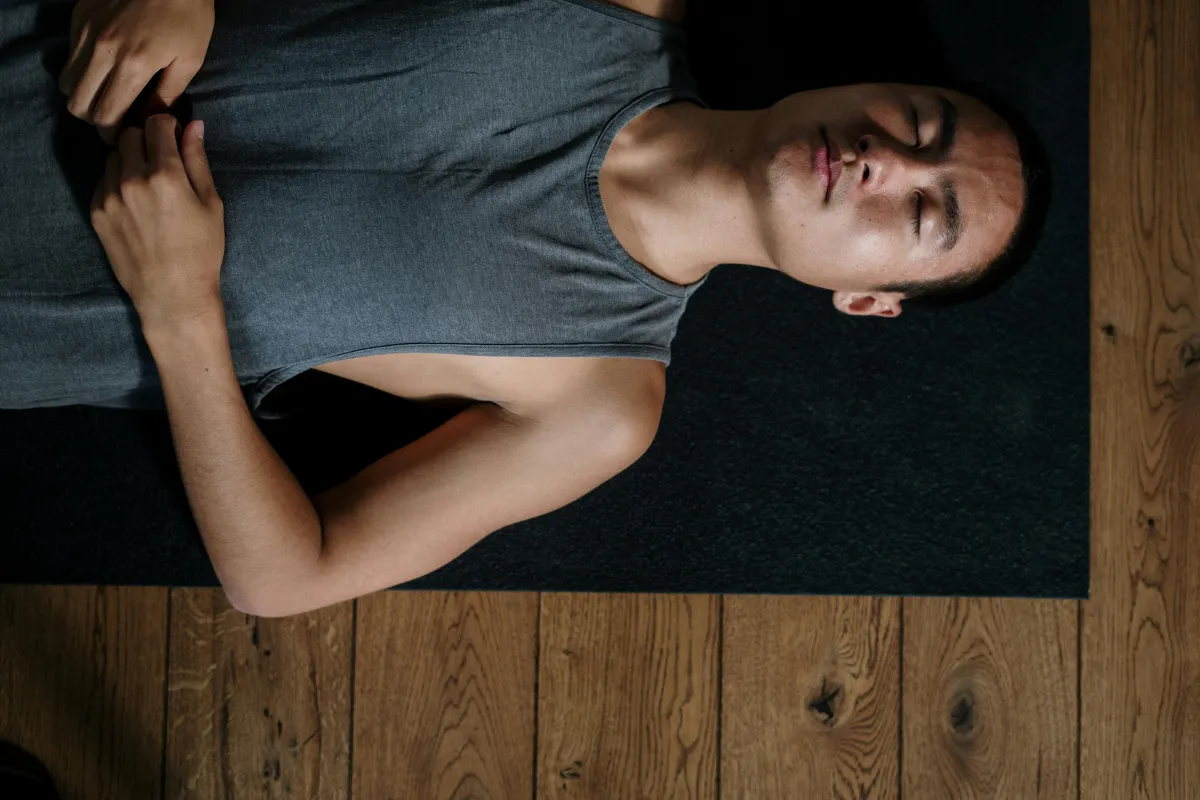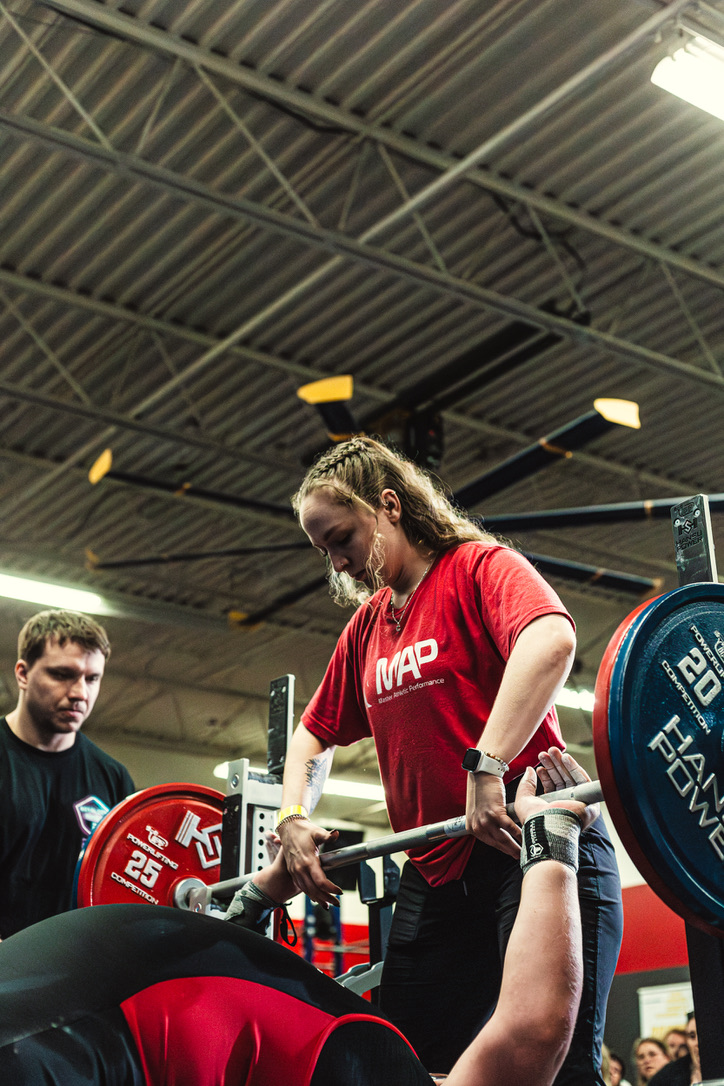
Injured? Let's Talk About What You're Not Doing In The Gym - Carly McInnis
Injured? Let's Talk About What You're Not Doing In The Gym
So, we’ve talked about pain and how easy it is to hyperfixate on it. What we haven’t discussed are things outside of the gym that can have a heavy impact, and maybe even get your overthinking brain to calm down even more.
You’ve got an injury, you’re being smart about it—modifying your training, rehabbing consistently, maybe even working with a physio or coach (hi 👋).
But I have a question: are you giving the rest of your life the same level of attention you’re giving your rehab exercises?
Because healing isn’t just about what you’re doing in the gym—it's also about what you’re doing outside of it. And if you're not sleeping well, eating well, or managing your stress, you're basically trying to fix a leaky pipe while the water’s still running.
Let’s break down three lifestyle factors that can either support your recovery or stall it completely:
1. Sleep: The Ultimate Recovery Tool
Sleep isn’t just about feeling rested—it’s when your body repairs itself. Muscle recovery, tissue healing, nervous system regulation… all of it gets handled while you’re horizontal.
Ask yourself:
Are you getting at least 7–9 hours?
Do you wake up feeling rested?
Do you stay asleep through the night?
If not, it’s time to get serious about sleep hygiene:
Try limiting screen time 2–3 hours before bed. (No more doom scrolling)
Consider supplements like magnesium or calming teas if you're wired at night.
Try 5–10 minutes of breathwork or meditation before bed—it shifts your body into a parasympathetic state, “rest and digest”, so it actually feels safe enough to chill out and recover.
2. Nutrition: Fueling or Fumbling Your Recovery?
You can’t build or repair anything without the right materials—and your body is no different. If you're under-eating, skipping meals, or barely hitting your protein target, you're leaving lots of healing potential on the table.
Ask yourself:
Are you eating at least 3–4 meals a day?
Are you getting a solid source of protein at each meal?
Are you drinking 2–3L of water a day?
Some tips to keep it simple:
Plan your meals ahead just enough to include protein, carbs, and fruits and/or veggies.
Pack snacks for busy days—your healing body doesn't care that you were stuck in meetings.
Carry a reusable water bottle and set a mid-day check-in alarm—halfway point = one bottle down. Repeat.
3. Stress: The Silent Recovery Killer
Stress is sneaky. It creeps in from work, relationships, money… You name it. And when stress is high, your body stays in a “threat” state, which makes it really hard for your nervous system to prioritize healing.
There’s no one-size-fits-all solution here, but you do need a strategy.
Here are some things that have worked for me:
Taking a few minutes to breathe when you feel overwhelmed. Not dramatic, just 3–5 minutes to pause and reset.
Journaling if your brain feels too full—offloading your thoughts is like clearing tabs on your browser.
Getting outside. Walk, sun, podcast, music—whatever lets your brain unplug from the buzz for a bit.
I’m not saying any of this will be easy. I’ve been there too. It’s a lot, you’re going to mess up sometimes.
If you chip away at these main lifestyle factors, something remarkable happens: you stop feeling like everything is stacked against you. You start noticing your energy picking up. Your mood feels a bit lighter. Your body starts responding.
The work you put in outside of the gym matters just as much—if not more—than what you do in your training session. Prioritize it. You deserve to feel better.
If you’re tired of doing everything “right” in the gym but still not feeling better, it’s time to zoom out. Let’s talk about what’s missing in your recovery plan—sleep, food, stress, or maybe all three. Book a call with me or one of our coaches at www.masterathletics.com. We’ll help you figure out what’s holding you back and create a plan that actually works—even when pain is part of the picture.
Carly McInnis
Coach, Master Athletic Performance
